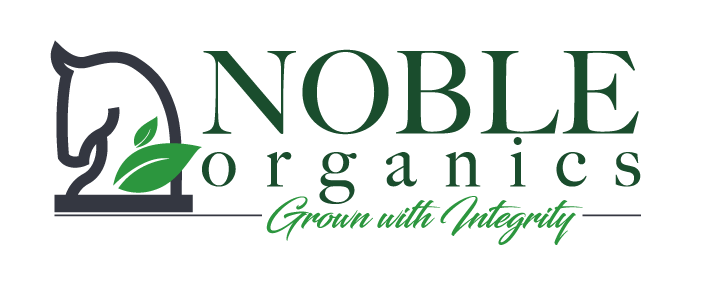Cooking with Garlic


Garlic Preparation Tips
Prepping garlic is the first step in cooking with garlic. Most recipes call for the clove to be removed from the garlic bulb. Set aside unused cloves with skin intact for later use.
Removing the Skin
Some cooks find peeling small cloves tedious and time-consuming, but I always feel there’s something satisfying about snapping off that plump morsel of goodness from a finely grown bulb of Ontario garlic. Using my favourite, “Side of Chef Knife” method. I smack the clove under my knife on a cutting board or solid surface counter, my senses take in the wonderful juice & aroma spilling out…the skins fall away.
Cut the Base
Cut off the root end of the clove before crushing; this dislodges the skin from the clove’s basal plate (root).
Two-Bowl Method
Place the cloves in a large aluminum bowl, with a same-size bowl (or pot lid) on top. Hold them tightly together and shake vigorously for thirty seconds to loosen the skins. This works best for cloves with loose skin.
Soaking Method
Soak the cloves for an hour in lukewarm water. Then drain the water and remove the peels.
Release the “Gracken”… the flavours
Boiling unpeeled cloves creates the mildest, some say sweet flavour but little to no allicin is produced.
Textures & Flavour
Different textures and intensity of flavour is exhibited with each method:
Finely Chopped Garlic
Finely chopped garlic is stronger and works better in liquids than fried in oil.
Mortar and Pestle
Peel, place in mortar and grind to a paste. This produces a larger amount of allicin, similar to mincing. The paste it produces works well in liquids and makes a good spread.
Knife-Blade Puréeing
Peel, smash, mince and smash again. This produces the most allicin of any knife-prep method. It works best in liquids.
Garlic Press
Peel (or don’t peel) the clove. l place in press and squeeze over small bowl. This produces more allicin than knife-based methods. Use this method if you don’t want “garlicky” fingers. Scrape off any pressed garlic and add to the bowl.
Microplane
Peel, hold clove in two fingers and grate. This method releases the most allicin and provides maximum garlic flavour. Microplaned garlic works best in liquids. Take care to protect your fingers!
Garlic Cooking Tips
Cooking with garlic does come with its nuances. The handling contributes to the variety of flavours released, its level of sweetness, caramelization and the garlic heat or intensity.
Don’t Burn Garlic
Because garlic has less water than onions, it burns easily. To the savvy cook, garlic taken to the precipice of being burned at medium or high heat does have its place, creating a rich umami flavour, but that few seconds longer and you’ve got that harsh “I burnt the garlic” smell.. But many recipes do call for garlic to be added to hot oil. How can you avoid burning garlic? Don’t let it cook in hot oil for more than a few seconds before adding other ingredients. Safer still is adding the garlic after the liquid ingredients.
Acid-Based Foods
Tomatoes and citrus based fruits, as well as vinegars impair garlic’s ability to make allicin. Wait ten seconds after releasing the allicin before you add it to an acidic medium. For example, making a vinaigrette? Add the minced or crushed garlic after 10 seconds to the liquid.
Delay Adding Garlic
I like to add garlic at the end of cooking for the health benefit. Since heat destroys allicin, I add extra garlic at the end of the cooking process, after the heat is turned off. If your objective is an extra-garlicky taste (or to fight a cold or flu), then you’ll want to follow this method.
